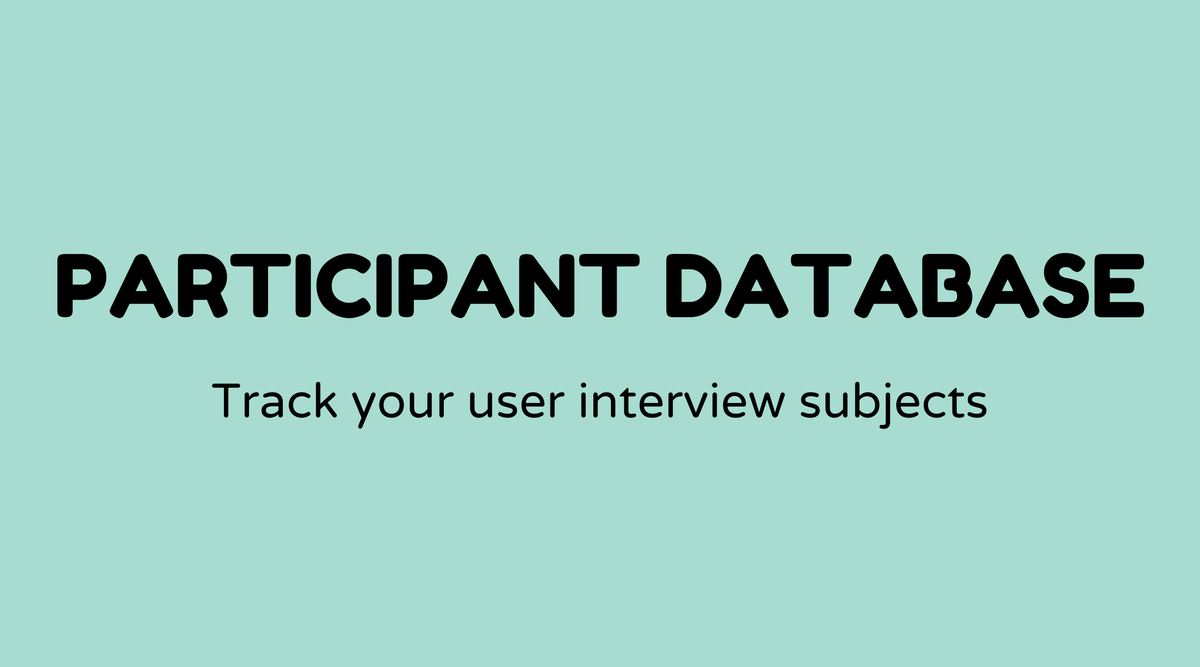Participant database

Overview of Participant Database
A participant database is vital in today’s digital environment. It serves as a centralized system where you compile, oversee, and access information about individuals who have connected with your business, organization, or event. Whether it encompasses feedback from users, potential leads, or attendees at an event, a participant database is fundamental for effective data management.
Why Participant Database Matters
The value of a participant database is immense. It offers a structured framework that organizers utilize to monitor individuals, ensuring smooth operations and personalized experiences. By maintaining detailed records, you can adjust interactions, track engagement levels, and enhance decision-making processes. For example, universities utilize it to manage student data, while businesses track customer interactions. It not only streamlines communication but also boosts accountability and transparency.
What is Participant Database
At its essence, a participant database is an organized collection of data that contains personal, contact, and interaction details of participants. Typically, this database is digital, although some may begin in physical form. It can consist of fields such as names, emails, phone numbers, addresses, and participation history. Database systems range from basic spreadsheets to advanced CRM systems like Salesforce or HubSpot, which provide more comprehensive data management capabilities.
How to Create a Participant Database
Establishing and maintaining a participant database involves several steps:
-
Define Your Needs: Identify the information you need to gather based on your objectives.
-
Choose a Platform: Select a database system that fits your data management requirements. Options like Excel, Google Sheets, or specialized software such as Airtable could serve as great starting points.
-
Data Collection: Utilize online forms, surveys, or registration pages to gather information from participants.
-
Data Entry: Enter the collected data into your database. Automate this process if possible to minimize manual errors.
-
Data Management: Regularly refresh and clear the database to ensure information remains accurate and current.
-
Data Security: Implement protective measures to safeguard personal information, adhering to data protection regulations like GDPR.
-
Analysis: Employ the data for analysis to inform decision-making and enhance participant interactions.
Examples of Participant Database
Examples of a participant database can be found across various sectors:
- Event Management: Platforms like Eventbrite use participant databases to record attendees and send tailored communications.
- Educational Institutions: Universities maintain a database of students, which includes demographic and academic performance information.
- Non-Profit Organizations: Track donors and volunteers to customize communication and fundraising efforts.
- Retail Businesses: Loyalty programs use databases to enhance customer experiences through personalized promotions.
FAQs
How often should I update my participant database?
- Regular updates, at least quarterly, help maintain accuracy. When participants leave or change contact details, update their records.
Is it necessary to use specialized software for a participant database?
- While not required, specialized software provides enhanced features like automation, security, and analytics compared to basic spreadsheets.
How can I protect the data in my participant database?
- Use encryption, access controls, and consistently refresh your security practices to defend against breaches.
Can participant databases be integrated with other systems?
- Yes, many databases can connect with CRM systems, marketing tools, and analytics platforms for smoother operations.
What regulations affect participant databases?
- Data protection laws such as GDPR in Europe or CCPA in California influence how you collect and manage participant information.
What are common mistakes to avoid in managing participant databases?
- Avoid outdated information, insufficient security measures, and failing to segment your database for targeted communications.



